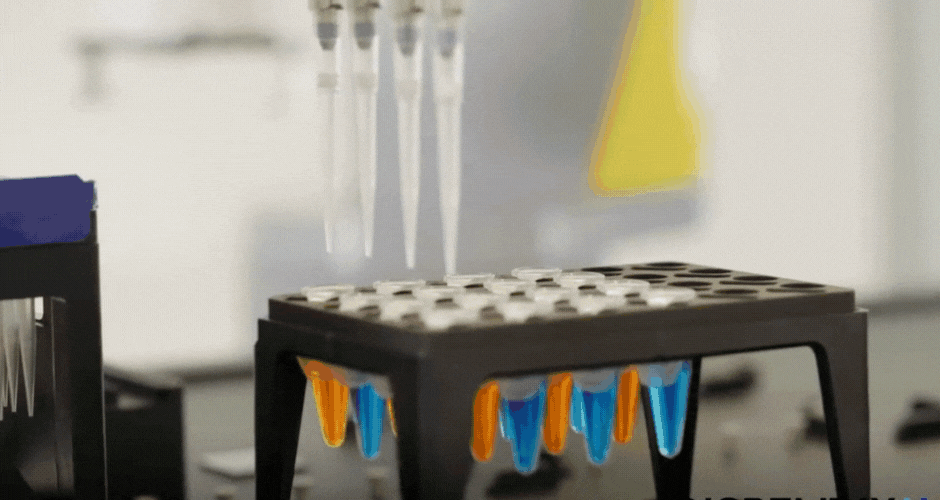In today's fast-paced laboratories, efficiency and accuracy are paramount. Repetitive liquid handling tasks can eat into valuable research time and introduce potential for errors.
This is your guide to elevating your lab's liquid dispensing automation. We delve into the latest advancements in automated dispensing systems, explore their benefits for various applications, and offer practical tips for selecting and implementing the ideal solution for your specific needs. Transform your workflows, boost productivity, and achieve groundbreaking results with automated liquid dispensing technology.
1. Explore Liquid Dispensing Automation
Automated liquid handling offers benefits like increased efficiency, improved accuracy, cost savings, and enhanced safety. We compare fully automated and semi-automated workflows, explaining the trade-offs between them. We also discuss key considerations for integrating automation into existing NGS workflows.
Learn more about the challenges of manual library preparation in NGS workflows and how automation can address them in "Integrating NGS Liquid Dispensing Automation into Existing Workflows."

2. Add a Non-Contact Dispenser into Your Liquid Handling Workflow
Traditional dispensers use tips which can be expensive and inaccurate at low volumes. Non-contact dispensers use pressure to dispense liquid and offer advantages like higher accuracy, lower dead volume, faster processing, and reduced contamination risk. We highlight factors for automation engineers to consider when choosing a liquid handling solution and emphasizes the benefits of low-volume non-contact dispensers for modern scientific workflows.
Learn more about the importance of precise and efficient liquid handling in scientific research in"Elevate Your Liquid Handling with Low Volume Non-Contact Dispensers."

3. Optimize, Optimize, Optimize
We highlight the benefits of optimized dispensing such as accuracy, efficiency, reduced waste, and reliable data. Here are the key takeaways of strategies to achieve optimized dispensing:
- Choose the right dispensing style (e.g., contact, non-contact, acoustic) based on your needs. Select a dispensing tool based on dispensing technique (contact vs non-contact) and automation level (manual vs automated). DISPENDIX's I.DOT Non-Contact Dispenser is a good example for high precision and efficiency.
- Select the appropriate dispensing system (manual, semi-automated, fully automated) considering factors like project goals.
- Optimize dispensing parameters like volume, pressure, and speed based on the liquid's properties (viscosity) and your workflow needs. Understanding fluid dynamics helps fine-tune these parameters for accurate and reproducible results.
- Minimize waste by using non-contact dispensing for sustainability.
- Consider low dead volume systems to reduce sample waste, especially for precious samples.
By following these strategies, researchers can improve their workflow efficiency and achieve reliable scientific results.
Learn more about the importance of optimized liquid dispensing in various fields like research and manufacturing in "Strategies for Optimized Liquid Dispensing" or "The Art of Precision Liquid Dispensing."
Elevate your research and minimize waste with the I.DOT Non-Contact Dispenser. This innovative, tip-free solution delivers exceptional precision while promoting environmental sustainability. Book a personalized demo today!